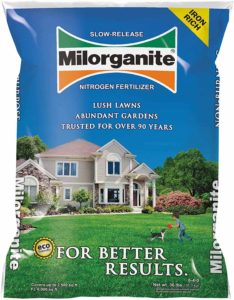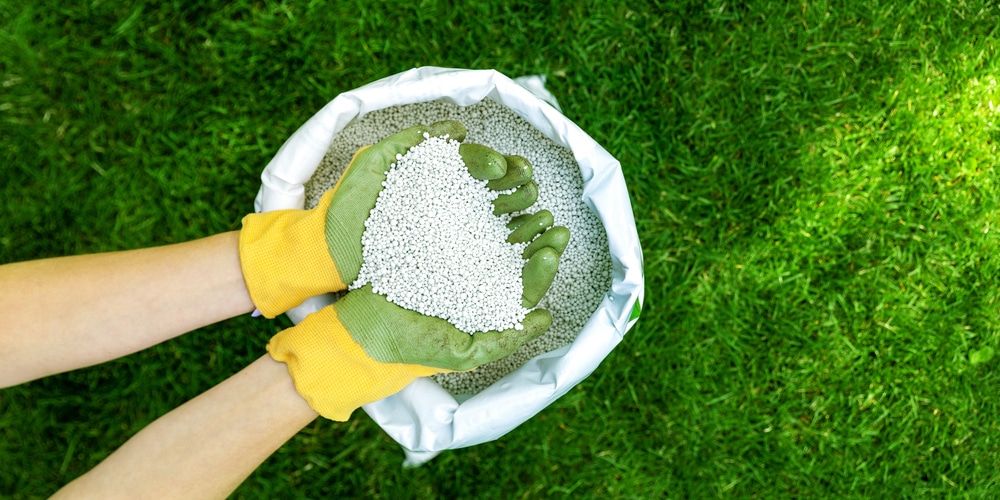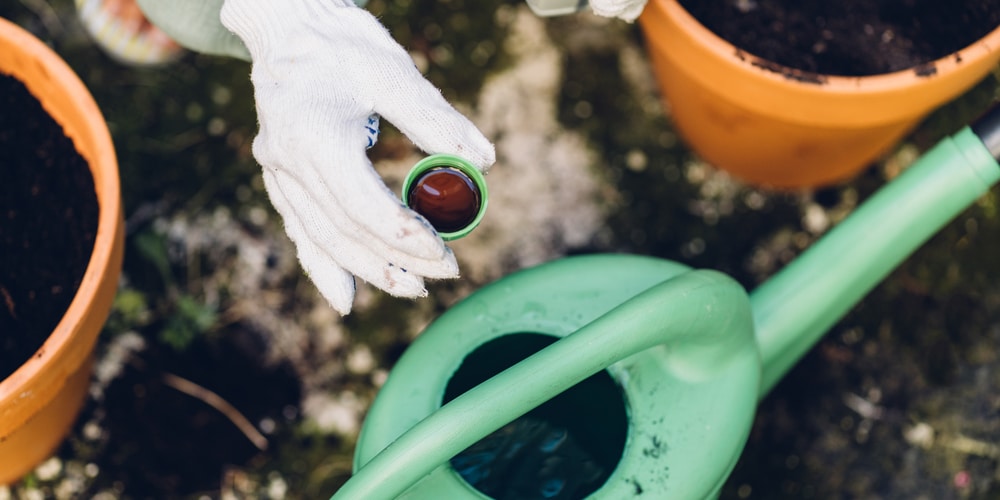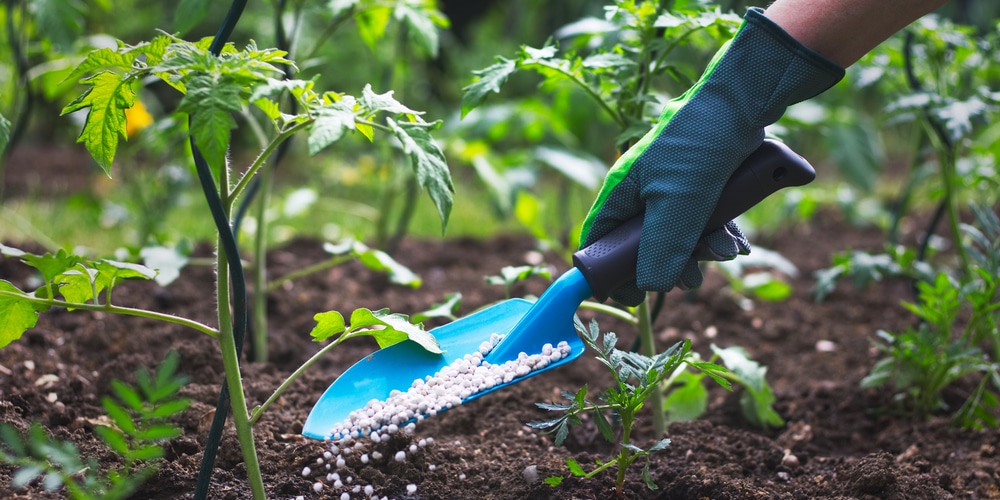Milorganite is arguably king when it comes to organic lawn fertilizer, but can newcomer Sunniland topple the giant from his throne? How are these two organic products the same, and how are they different?
Let’s take a closer look at milorganite vs sunniland and which is better for your lawn.
What is Milorganite?
Milorganite is a slow-release nitrogen fertilizer made by the Milwaukee Metropolitan Sewerage District. It’s specially designed for lawns and turfs and has a rather curious origin. You see, the organic fertilizer is made from microbes that have digested organic wastewater material and its nutrients, and has been dried for lawn use.
As far as the NPK, or nitrogen phosphorus and potassium ratio are concerned, Milorganite is 6-4-0, which means you get at least 6 percent nitrogen, 4 percent phosphorus, and less than one percent potassium.
What is Sunniland?
Sunniland is a brand that encompasses a variety of fertilizers ranging from all-purpose to all-natural, slow-release products. The closest thing to Milorganite is the Sunniland All Natural Slow Release Fertilizer, which is believed to have the same chemical makeup as milo.
The all-natural formula is non-burning and created from local waste sources. The NPK of Sunniland is 5-3-0, which means you get at least 5 percent nitrogen, 3 percent phosphorus, and less than 1 percent of potassium, alongside 2 percent of iron. It’s worth noting that Sunniland is marketed as an all-around fertilizer and can serve beyond lawns and turf. You should be able to apply it to your plants, shrubs, and trees and get the same effect as other organic fertilizer products.
How Are Milorganite and Sunniland the Same?
Both Sunniland and Milorganite are labeled ‘organic’ fertilizers, which means they’re sourced from naturally-occurring compounds and aren’t synthetic.
As for the fertilizer type, they’re more or less the same as both are slow-release products and tend to disperse nutrients slowly and over a period of time. Even the NPK composition is similar- milo has a 6-4-0 ratio, while Sunniland has a 5-3-0 ratio. Although not advertised (or cleverly hidden), they both have the same 2 percent iron content.
Due to high demand, milorganite is often out of stock, which makes lawn owners look for other alternatives. It’s been said that the process of creating the fertilizer is the same as well, albeit in a different location and with a different company.
How Are Milorganite and Sunniland Different?
First off, Sunniland is a brand of fertilizer that has several varieties. The closest is the all-natural 5-3-0, which can be found in home improvement stores and garden centers. Milorganite is largely sourced from the Milwaukee Metropolitan Sewerage District.
Another noteworthy difference is that milorganite is mostly recommended for use in lawns and grass (although there’s nothing that says you can’t use it on your plants, shrubs, or trees), while Sunniland has made it clear that their all-purpose organic fertilizer is great for vegetable and fruit plants, as well as grasses, trees and more.
Milorganite vs Sunniland – Which is Better?
Since sunniland and milorganite are nearly the same, it could very well be a matter of preference. If you’ve tried milorganite and found that it works for your lawn, then it’s recommended that you get it while there’s still stock.
The same goes for Sunniland- if you’ve tried it when there’s no milo around and find the results satisfactory, then you can keep a bag or two just in case.



